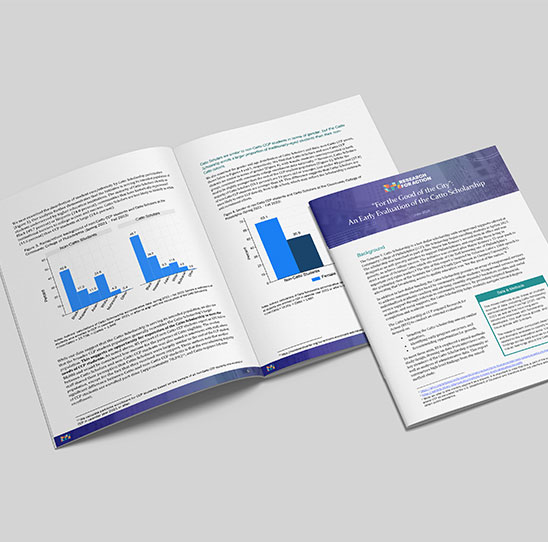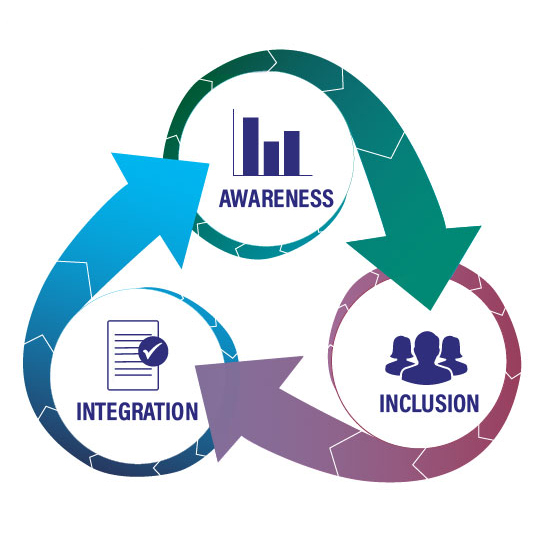Statewide College Promise programs have the potential to broadly increase affordability, access, and success for students pursuing a postsecondary credential. Statewide College Promise programs also generate controversy because they encompass critical decisions about how a large proportion of state financial aid dollars are spent, and on whom. Much of the debate surrounding these programs is centered on issues of equity. Do Promise programs drive dollars to middle class students rather than lower income students? How can poorly resourced colleges and universities that serve disproportionate numbers of students of color effectively support the influx of new Promise students? Do Promise programs exclude part-time students, working adults, or undocumented students?
There are no monolithic answers to these questions because statewide Promise programs are as varied as the states they operate in. In crafting Promise programs, policymakers make a series of decisions and tradeoffs that affect affordability, access, and student success.
This brief provides considerations for state policymakers and postsecondary institutional leaders as they prioritize equity in their approach to Promise programs.











